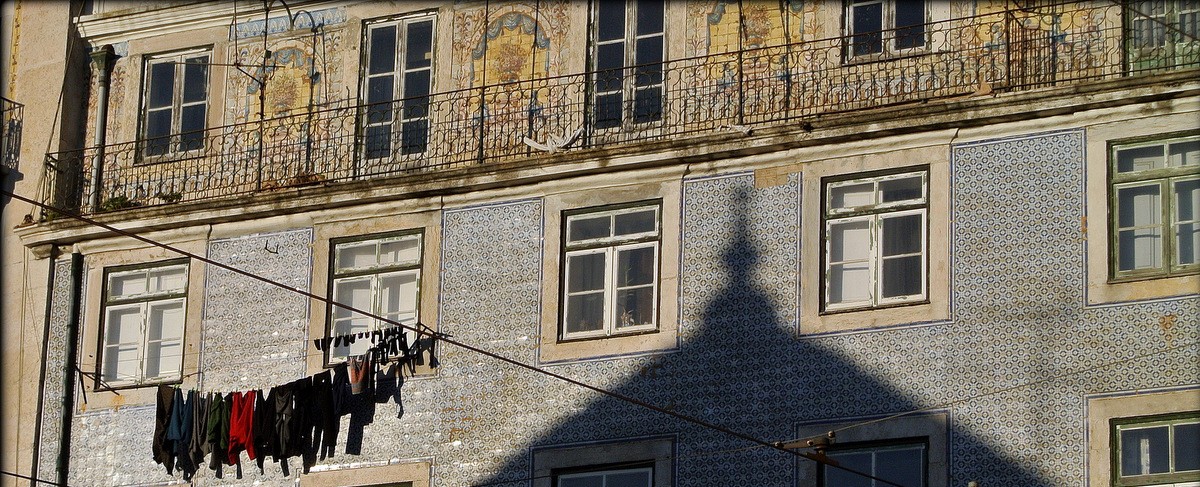ANNA STELLA SCERBO
Emily Dickinson lived on poetry, poetry was her Pole star, her only reason to live. In mid 19th century Massachusetts, education had hard puritan rules. Emily suffered from that situation but claimed and got freedom without striking actions: she secluded herself in her room where she found her vital space in poetry. Of the 1,775 poems she wrote in that isolation, seven only were published in her life. The others were found after her death and obtained in time an always growing success.
Emily Dickinson’s poetry is matter which is continuously moving with the language driving it, giving it the oracle’s role, talking inside her. Her poetry does not have any literary planning and voluntarily infringes the language codes. It is a magnifying glass on reality: it enlarges and reduces images like they were on a “poetic film”, it digs the conscience’s underground, in the unexplored continent of one’s self, never contented but never defeated or tired of an inexhaustible thirst, the same thirst of the boundless world dwelling in her solitary life: “There are two Ripenings – one – of sight – / Whose forces Spheric wind /Until the Velvet product /Drop spicy to the ground – /A homelier maturing – /A process in the Bur - That teeth of Frosts alone disclose /In far October Air.”.
In a female universe, shifting in the pursuit of an interpretation code for itself and the world, dreaming its own assertion beyond the constraint and convention of the times, Dickinson’s poetry rewrites the rules of being a woman and its modern and relevant voice takes things and emotions to a timeless and boundless universe.
From the non-place of her conscience, her voice calls for Freedom, the same freedom because of which she locked herself out of the world and history: “Manacles be dim – they say – /To the new Free –/[…] God of the Manacle /As of the Free – /Take not my Liberty /Away from Me -”.


